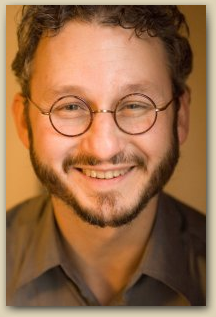Genesis 34 – Why Are We Told of the Rape of Dinah
The narrative of Dinah, Jacob’s daughter, a female within what will become Israel, is filled with despicable acts (Genesis 34). This includes Dinah’s vulnerability being violated by Shechem, a Gentile, a man overcome by lust.
Dinah’s brothers, Simeon and Levi, are overtaken by revenge. Together, her brothers trick Shechem so that every male within the city gets circumcised. Circumcision is part of the Abrahamic covenant and continues into the Mosaical law. Then on the third day, when the men are themselves vulnerable, the bothers murder them. As if an eye for an eye, that which is used to sin is now sinned against.
When stories like this appear in the Bible, we know they are real. Why they are included is often times confusing. Let’s ask why and try to answer it Biblically.
1. It’s explanatory. It looks forward to Jacob’s death, to punish Simeon and Levi (the 2nd and 3rd sons born) as to why they were skipped over when Jacob instead blesses Judah (the 4th son born) with the birthright (Genesis 49:5-7).
2. It’s etiological. It answers future readers and family descendants to explain Simeon’s and Levi’s tribal position within Israel.
3. It’s historical. It looks backward to an earlier time that becomes a biblical archetype of sin.
4. It’s theological. It provides many valuable lessons, including a theological lesson for the Jews and Gentiles that will last for ages; and for us today.
Let’s compare that other time (#3) with Jacob’s time:
1. Jacob and his family have returned to the Promised Land. That other time also included a special place to live given by God.
2. Shechem saw and took what was not rightly his. That other time included someone seeing and taking.
3. Shechem saw and took what he “delighted” in (34:19). That other time also included delighting in what was seen and taken.
4. A lie is told to deceive (Genesis 34:13-17). And a lie is told to deceive.
5. Dinah’s narrative involves swords to kill. (34:26). The other scene ends with a sword to prevent life.
6. Dinah’s pericope revolves around a sin of two people (34:25). Two people will commit sin in that other narrative.
7. This narrative involves death as a consequence of sin. And so too does that other time.
What is that other time? If you guessed the garden in Eden, you are correct. That earlier, first scene becomes the archetype for many biblical sins involving seeing, taking, lying, and death.
Theologically (#4) it teaches for all ages that circumcision did not automatically make you right with God or part of his covenant. No act done by man, even when commanded by God, can empower us without God’s grace.
And now for today’s theological lesson (#4). History is replete, as is current events, with God’s people misusing religion, misusing God, to destroy.
The narrative of Dinah, Simeon, and Levi, along with the archetypical Eve and Adam, are still being lived today. Let’s learn our history so as to not repeat it.



 Perrydox.com is devoted to the pursuit of truth, whether plain or paradoxical, whether simple or sublime, or simply absurd yet absolute.
Perrydox.com is devoted to the pursuit of truth, whether plain or paradoxical, whether simple or sublime, or simply absurd yet absolute.

Comments